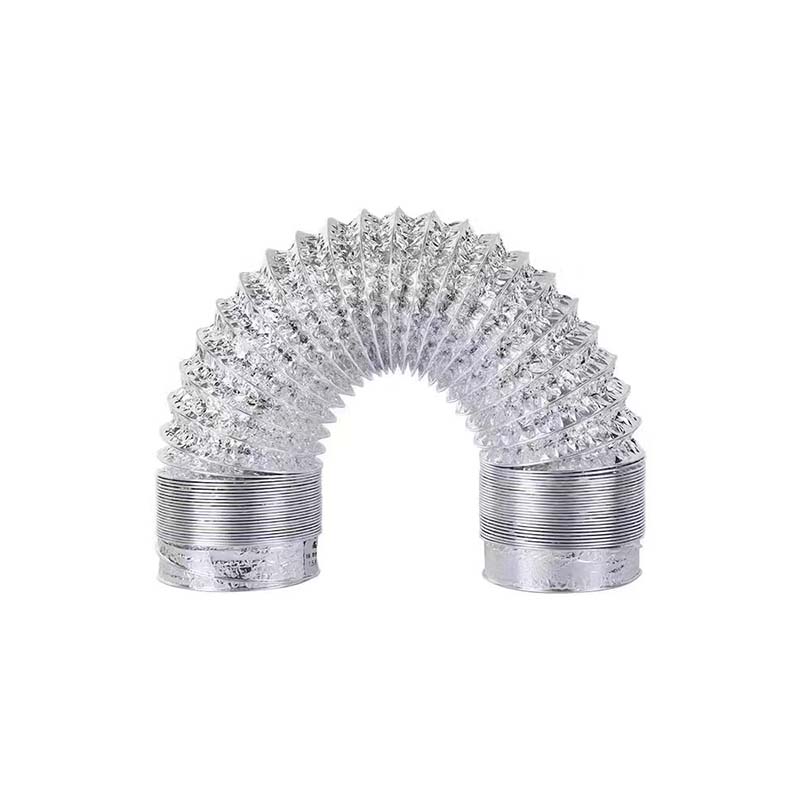Choosing the Right Material for Pneumatic Tubing Applications and Performance Optimization
Understanding Pneumatic Tubing Materials A Key to Efficient Pneumatic Systems
Pneumatic systems are widely utilized in various industries, functioning on the principle of compressed air to operate tools, actuators, and other devices. A critical component of these systems is the pneumatic tubing, which serves as the conduit for compressed air. The choice of tubing material is vital as it can significantly affect the performance, efficiency, and durability of the pneumatic system. In this article, we will explore the different materials used for pneumatic tubing, their properties, and the conditions under which they are best employed.
Common Types of Pneumatic Tubing Materials
1. Polyurethane Tubing Polyurethane (PU) tubing is one of the most popular materials used in pneumatic systems. It is known for its flexibility, resistance to abrasion, and good chemical resistance. The flexibility of PU tubing allows for easy installation, even in tight spaces. It maintains its shape under pressure, making it suitable for dynamic applications where continuous movement is a factor. However, it has limitations regarding temperature resistance and may not be ideal for high-heat environments.
2. Polyethylene Tubing Polyethylene (PE) tubing is another common choice, particularly valued for its lightweight and affordability. It is often used in applications where the pneumatic pressure is relatively low. PE offers decent resistance to moisture and some chemicals, making it suitable for a variety of environments. However, its rigidity compared to polyurethane may restrict its use in applications that require flexibility.
3. Nylon Tubing Nylon tubing is revered for its strength and resistance to impact, which makes it a preferred choice in high-pressure applications. It exhibits excellent temperature resistance capability, allowing it to function effectively in environments where fluctuations in temperature occur. Nylon tubing is less flexible than PU but provides higher durability against environmental factors, making it suitable for demanding industrial applications.
4. PVC Tubing Polyvinyl chloride (PVC) tubing is known for its durability and resistance to chemicals, making it suitable for corrosive environments. PVC tubing is typically rigid, which limits its flexibility. However, its excellent resistance to moisture and chemicals makes it a go-to choice for specific applications in various industries, such as food processing and pharmaceuticals.
pneumatic tubing material

5. Rubber Tubing Rubber tubing is highly flexible and offers excellent resistance to wear and tear. It is often used in applications requiring extreme flexibility and adaptability. Rubber tubing can also withstand a broad range of temperatures, which makes it versatile. However, rubber may not be as resistant to compression set when used under high pressure for prolonged periods.
Choosing the Right Pneumatic Tubing Material
Selecting the appropriate pneumatic tubing material requires careful consideration of several factors
- Pressure and Temperature It's essential to ensure that the chosen tubing can withstand the maximum operational pressure and temperature ranges of the system. - Chemical Resistance If the tubing will be exposed to chemicals or solvents, it is crucial to select a material that is resistant to those substances. - Flexibility and Bend Radius Depending on the installation space and application, the flexibility of the tubing may be a critical factor. - Cost and Availability Budget constraints can influence material choice, so it's vital to balance performance with cost-effectiveness.
Conclusion
Pneumatic tubing materials play a vital role in the efficiency and longevity of pneumatic systems. By understanding the properties of different tubing materials such as polyurethane, polyethylene, nylon, PVC, and rubber, engineers can make informed decisions that align with the specific demands of their applications. Careful selection not only enhances system performance but also contributes to reduced downtime and maintenance costs, ultimately leading to greater operational efficiency. As industries evolve, so too will the materials and technologies used in pneumatic tubing, making ongoing education and adaptation key components of success in this field.
-
Top Quality Oxy Acetylene Hoses for Sale Fit for Welding DemandsNewsJul.28,2025
-
The Future of Pneumatic Air Tubes in IndustryNewsJul.28,2025
-
Superior and Reliable LPG Hose Pipe Solutions for Every NeedNewsJul.28,2025
-
Exceptionally Durable and Versatile Premium Braided PVC TubingNewsJul.28,2025
-
Best Adapters for Connecting Garden Hose to PVC Pipe ConnectionsNewsJul.28,2025
-
The Essential Role of LPG Hoses in Safe and Efficient Gas DistributionNewsJul.16,2025














